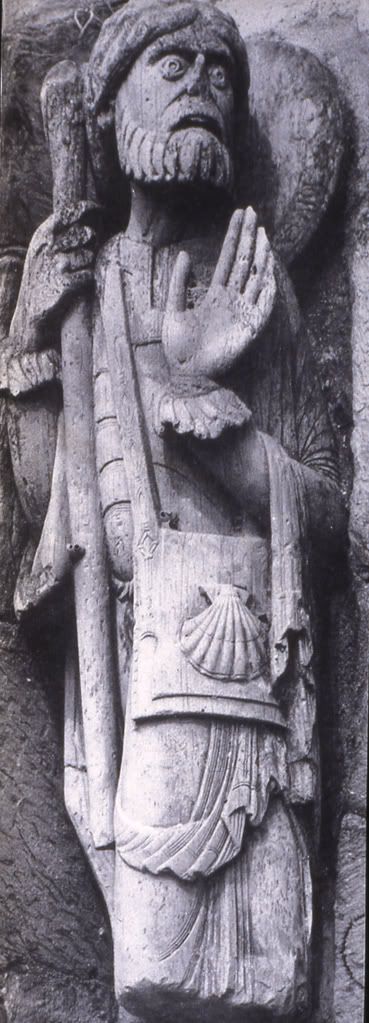kwaw said:
The shell, as symbol of pilgrimage, was in fact a common watermark, to be found from at least the 15th century on ~ for example there is an example c.1477 in Harold Bayley's 'New Light on the Renaissance' on p.17 in chapter on religious emblems, where he also quotes Scott:
“Give me my scallop-shell of quiet,
My staff of faith to walk upon,
My scrip of joy, immortal diet,
My bottle of salvation,
My gown of glory, hope’s true gage;
And thus I’ll take my pilgrimage.
Kwaw
In the constellation of Deborah (DBRH=female ruler) there appeared in 1572 a new star:
"...This object was known for two centuries after its appearance as the Stranger, or the Pilgrim Star, and the Star in the Chayre, but by us as Tycho's Star, although it was first noticed by Schuler at Wittenberg in Prussia, on the 6th of August; again at Augsburg by Hainzel, and at Winterthür, Switzerland, by Lindauer, on the 7th of November; and on the 9th by Cornelius Gemma, who called it the New Venus..."
http://penelope.uchicago.edu/Thayer...nomy/_Texts/secondary/ALLSTA/Cassiopeia*.html
The shell as a symbol of pilgrimage in general was related to the route to Compostella in particular; in popular or folk etymology the name of Compostelle means 'field of stars'. Pilgrim routes were related to the path of the stars:
quote:
"Chaucer...conjoined Watlynge Strete - the popular name given to the pilgrim route between London and Canterbury - and the Galactic design of the heavens:
"See yonder, loo, the Galaxie,
Which men clepeth the Milky Wey
For his ys whit (and some, parfey,
Kallen hyt Watlynge Street),
That ones was ybrent with hete,
Whan the sonnes sone the rede,
That Highte Pheton, wold lede
Algate hys fader carte, and gye.
(House of Fame II, 936-43)
Long before the Canterbury Tales or the Squires* crucial contribution to that work, Chaucer-the-poet had been forging textual connections between this pilgrim-route, that Phaethonic myth, and the course of the Stars."
end quote from Frese,p.176
(*Frese argues that the Squires 'steed of brass' is an 'astrolabic story horse' Chaucer's involucral use of which is "critical at that point to keeping the pilgrims, and their twenty-four 'tales', in proper horological order.")
Kwaw
Dolores Warwick Frese
An Ars Legendi for Chaucer's Canterbury Tales University of Florida Press, 1991.



